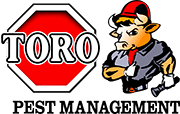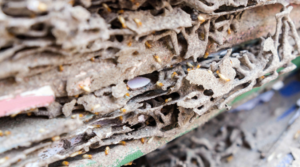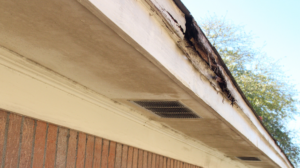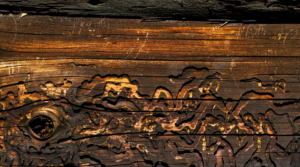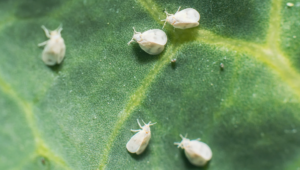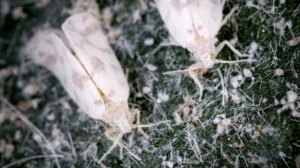Formosan termites, known for their destructive tendencies, pose significant threats to buildings, from residential homes to commercial infrastructure. Understanding how these ‘super termites’ infiltrate buildings is crucial in preventing their incursion and mitigating the damage they can cause.
Here is a detailed exploration of the entry pathways Formosan termites commonly exploit.
Ground Entry
Formosan termites are subterranean creatures, meaning they live and breed in the soil. They gain access to buildings primarily from the ground up, particularly where wood comes into direct contact with the soil. This could include areas such as door frames, porch steps, deck posts, or the wooden structural components of the building itself.
These termites create underground tunnels, often referred to as ‘mud tubes’, to travel from their colony in the soil to their food source. These mud tubes provide a humid and dark environment, shielding the termites from predators and desiccation while they forage.
Through Cracks and Voids
Formosan termites can also enter buildings through cracks and crevices in the foundation. They are capable of fitting through spaces as small as 1/32 of an inch. This includes gaps around utility lines and pipes entering the home, as well as cracks in the concrete, brick mortar, or basement foundation.
Swarmers
Another way Formosan termites infiltrate buildings is through a process known as swarming. In this process, winged termites, also known as alates, leave their existing colony to start a new one. Swarms usually occur during warm, humid weather and often after rainfall. These alates are attracted to light and may enter through windows, doors, vents, and other openings. Once inside, if they find a suitable environment with a source of moisture and food (wood), they can shed their wings and establish a new colony.
Infested Wood
The transportation of infested wood can inadvertently introduce Formosan termites into buildings. This could include firewood, lumber, second-hand furniture, or any other wooden objects that have been exposed to the termites.
Water and Moisture Access
Formosan termites are attracted to moisture. They are more likely to infest buildings with water damage, excess humidity, or poor drainage systems. Leaky pipes, condensation, poor ventilation, and faulty gutters can all create conditions that Formosan termites find ideal.
Conclusion
Understanding how Formosan termites infiltrate buildings is the first step towards effective prevention and control. Regular inspections, maintaining a termite-free zone around the building, sealing cracks and openings, and managing moisture sources are all essential measures for safeguarding structures from these destructive pests. Remember, professional pest control services can provide the most thorough protection and should be considered as part of an integrated termite management strategy.
